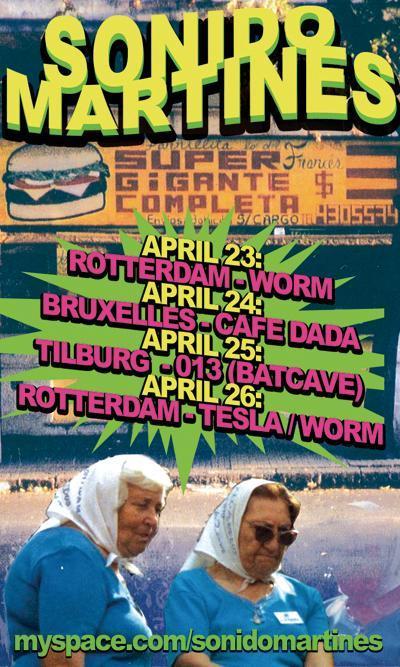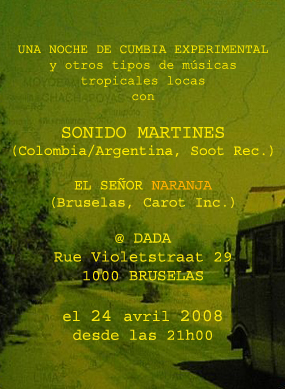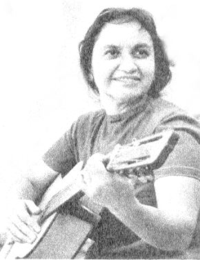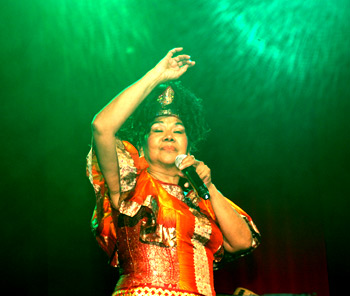Three continents in less than a week has left me burning the midnite oil, sipping yerba mate, and falling into deep R.E.M. sleep the moment I sit down in NYC’s shuddering metro system. Naturally, the blog suffers.
But you can expect a grip of print pieces from me in the near future: Fader, Frieze, repeat.
+ + +
“We’re just trying to find the greatest next 3 minutes of your life” – a great Observer (Guardian) article on mp3 blogs, in which MuddUp! is featured!
+ + +
I’ve been wrapping my ears around lady ‘harp’ music from Peru. Especially Anita Santivañes, totally hypnotic even though it all kinda sounds the same, these intermodulating waves of complicated & repetitive string arrangements falling from cracks in the sky down to a world holding less love than it needs.
Here’s Anita Santivañes from Anita Santivañes vs Anita Santivañes. Guess who wins!
Anita Santiva̱es РBebi La Miel de Tus Labios
(heartbreak poetry encoded at 56 kbps, a MuddUp! low-fidelity record!)
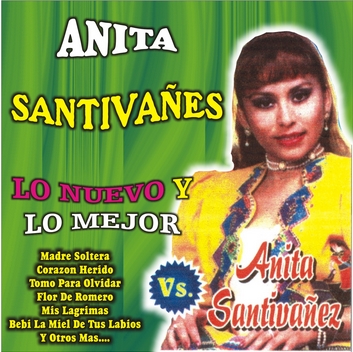
& because it is late-nite and late-nite allows for little if any organizational logic, here’s a scratchy old banjo-powered recording of Algerian chaabi great Dahmane El Harrachi that i picked up at the Barbes Fassiphone shop a few days ago, where Sonido Martines took great pleasure in watching the Parisian Arab girls in impeccable makeup make fun of my musical selections.
Dahmane El Harrachi – Khabi Serrak
Nettle covers this tune in fact; this is the first time i’ve heard a recording of it by its original composer.

+ + +
speaking of Sonido & cuuuumbia, He’s straight outta Bogota via BnsAires and ON TOUR IN EUROPE RIGHT NOW! AY AY AY! & he’s got some killer CD-r mixes with him… be sure to ask…
